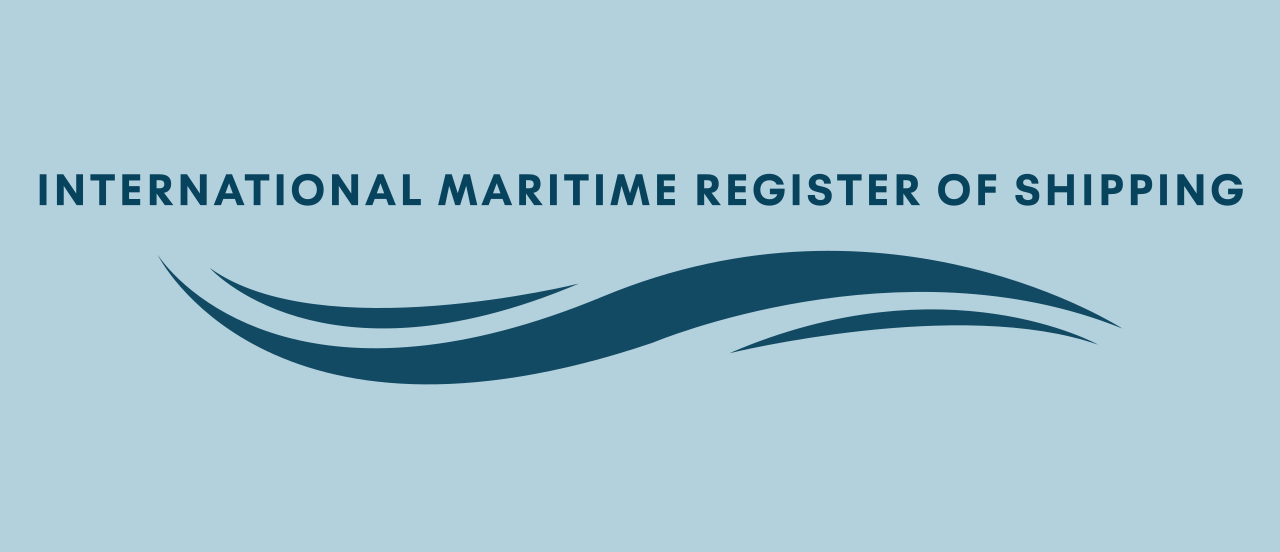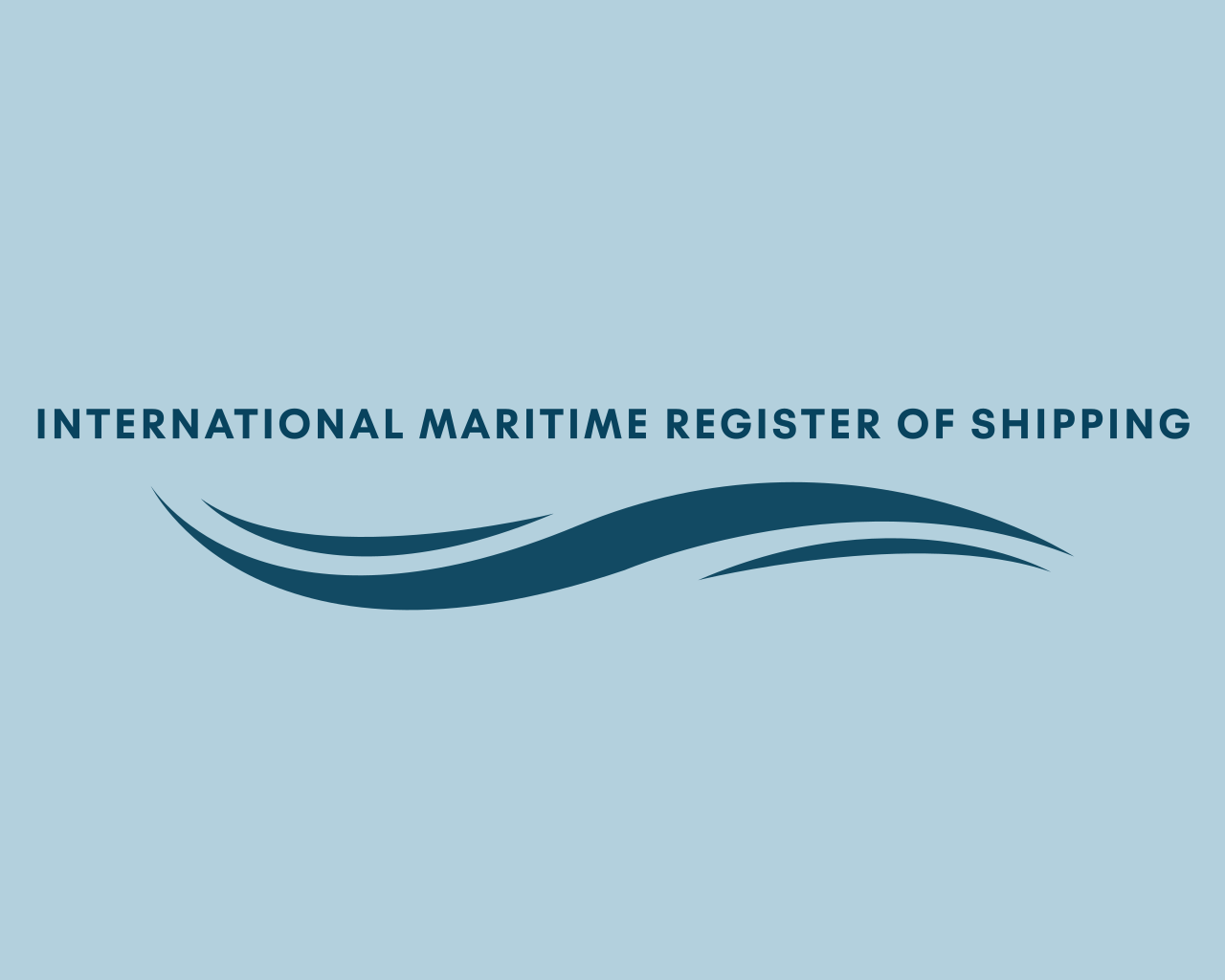Damage Control Plan
Statutory
A Damage Control Plan (DCP) is a comprehensive document that outlines procedures, responsibilities, and strategies for responding to and mitigating the effects of damage to a vessel, whether caused by collision, grounding, fire, flooding, or other emergencies. It is a crucial component of a ship’s safety management system, designed to ensure the safety of personnel, prevent further damage, and maintain the vessel’s stability and seaworthiness. Here’s an overview of the Damage Control Plan:
Purpose:
- The primary purpose of the Damage Control Plan (DCP) is to provide guidance and instructions for responding to various types of damage and emergencies that may occur onboard a vessel.
- The plan aims to minimize the impact of damage, prevent progressive flooding or structural failure, and facilitate an organized and effective response to ensure the safety of personnel and the preservation of the vessel.
Content:
- The Damage Control Plan typically includes the following components:
- Identification of vulnerable areas, compartments, and systems onboard the vessel, including those containing essential machinery, cargo, fuel, and ballast.
- Procedures for assessing damage, including methods for identifying the extent and location of damage, monitoring stability and trim, and determining the severity of the situation.
- Assignment of responsibilities and duties to crew members, including damage control teams, damage assessors, and emergency response personnel.
- Instructions for controlling and containing flooding, including the use of watertight doors, pumps, valves, and emergency shoring techniques to isolate damaged areas and prevent the spread of water.
- Procedures for controlling fires, including the use of firefighting equipment, suppression systems, and ventilation shutdown to contain and extinguish fires and prevent their spread.
- Emergency procedures for securing loose cargo, equipment, and hazardous materials, mitigating pollution risks, and evacuating personnel if necessary.
- Coordination with external authorities and resources, including shore-based emergency responders, salvage teams, and port authorities, for assistance in managing damage control operations.
- The Damage Control Plan typically includes the following components:
Preparation and Approval:
- The Damage Control Plan is developed by the shipowner or operator in collaboration with naval architects, safety experts, and regulatory authorities.
- The plan is subject to approval by the flag state’s maritime administration or recognized classification societies to ensure compliance with international regulations and industry standards.
Training and Implementation:
- Crew members and relevant personnel are trained in the contents and procedures outlined in the Damage Control Plan during onboard familiarization and safety training sessions.
- Regular drills and exercises are conducted to test the effectiveness of the plan and familiarize crew members with their roles and responsibilities in responding to emergencies.
- The plan is implemented during routine operations and emergency situations, with continuous monitoring and review to identify areas for improvement.
Regulations and Compliance:
- The development and implementation of a Damage Control Plan are required by international regulations, particularly under the International Maritime Organization (IMO) and the International Convention for the Safety of Life at Sea (SOLAS).
- SOLAS Chapter II-1 – Construction – Structure, Subdivision, and Stability, and SOLAS Chapter II-2 – Fire Protection, Fire Detection, and Fire Extinction, specify requirements for damage control measures, including the preparation and maintenance of a Damage Control Plan.
In summary, the Damage Control Plan (DCP) is a vital document that ensures the effective management of damage and emergencies onboard ships. By providing clear guidance and procedures for assessing damage, controlling flooding and fires, and preserving the vessel’s stability, the plan enhances the safety and security of maritime operations, protecting lives, property, and the environment.

